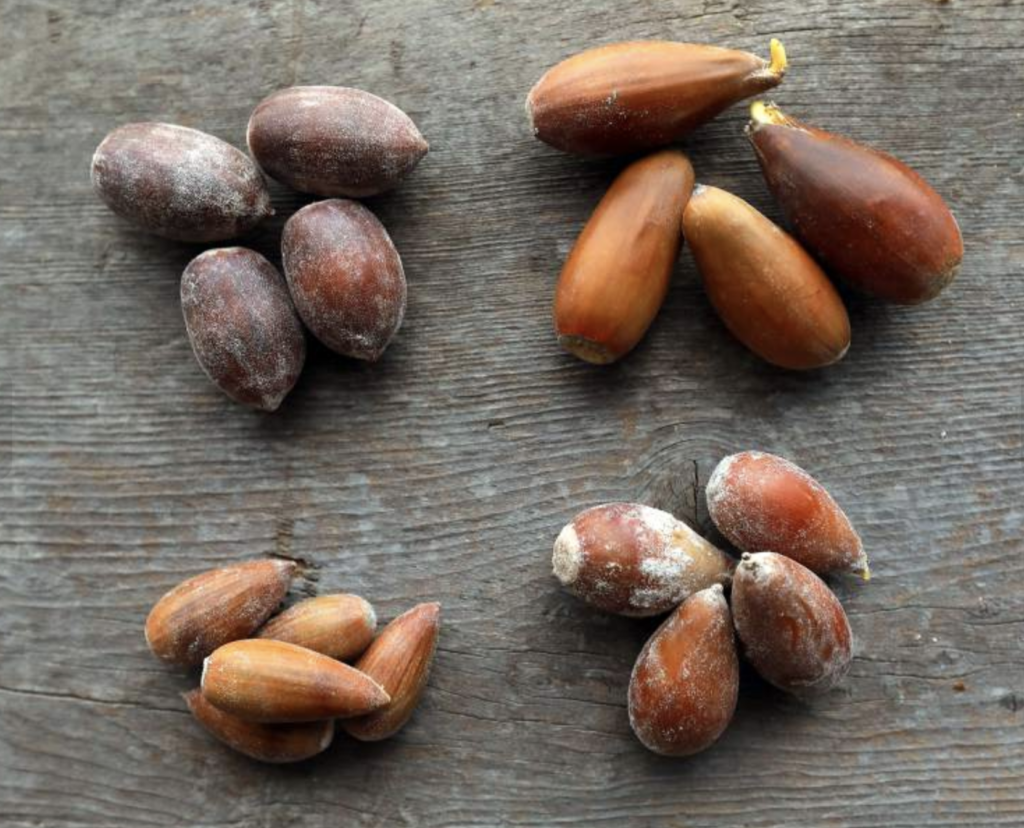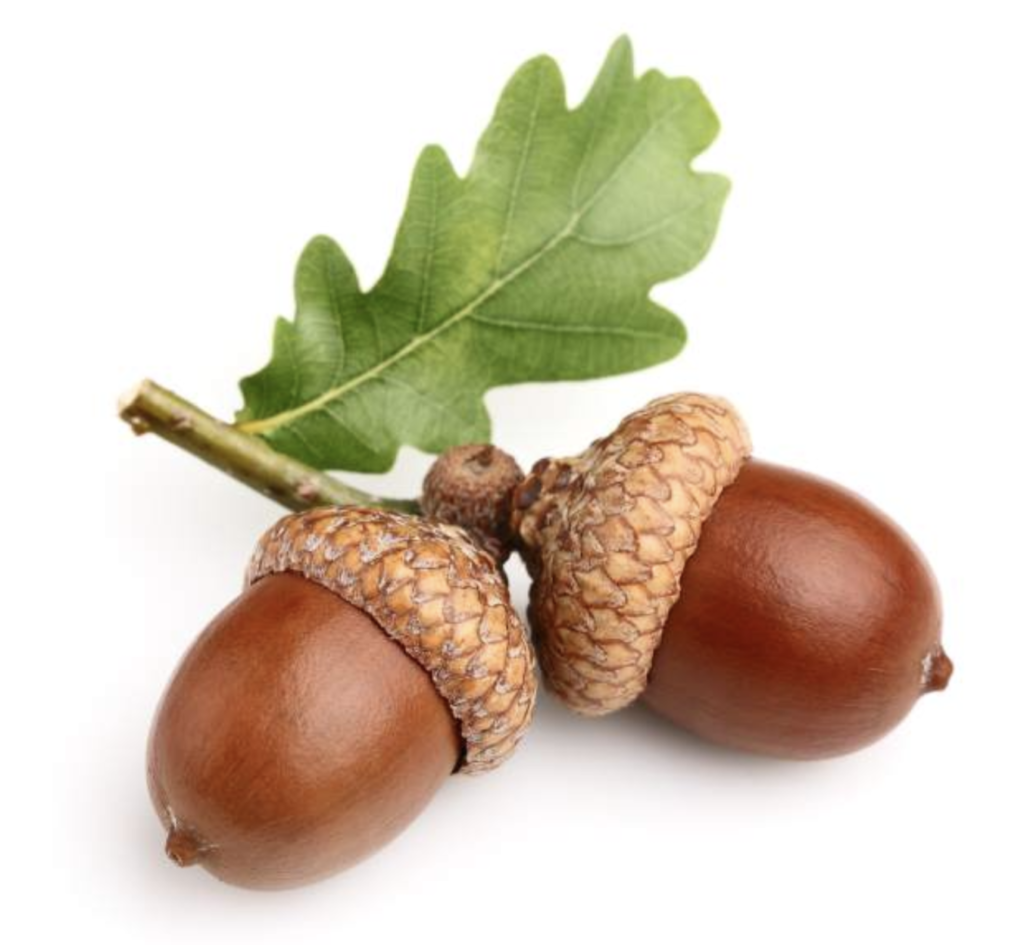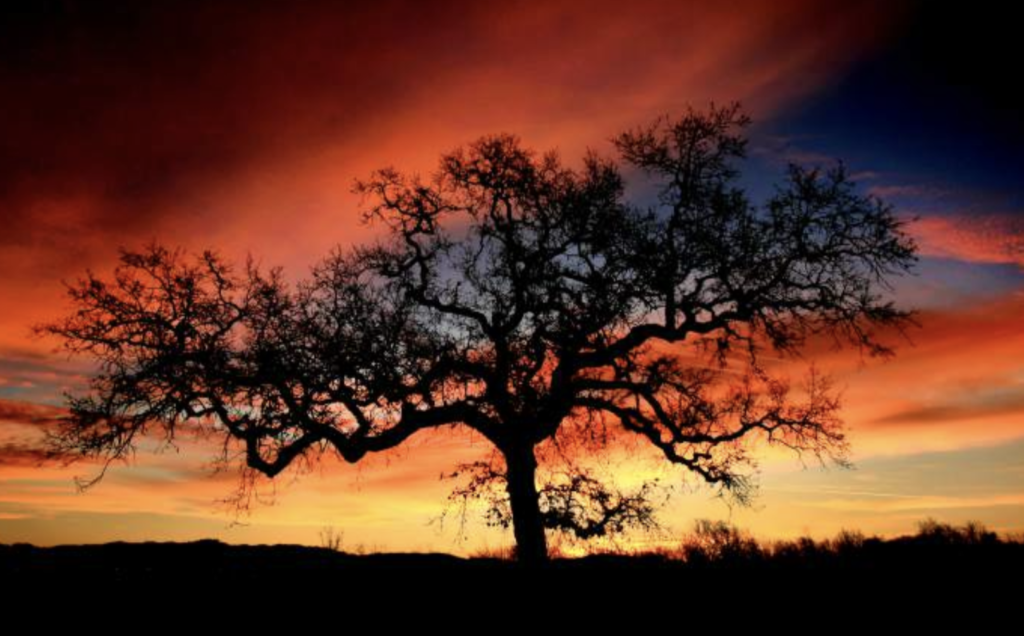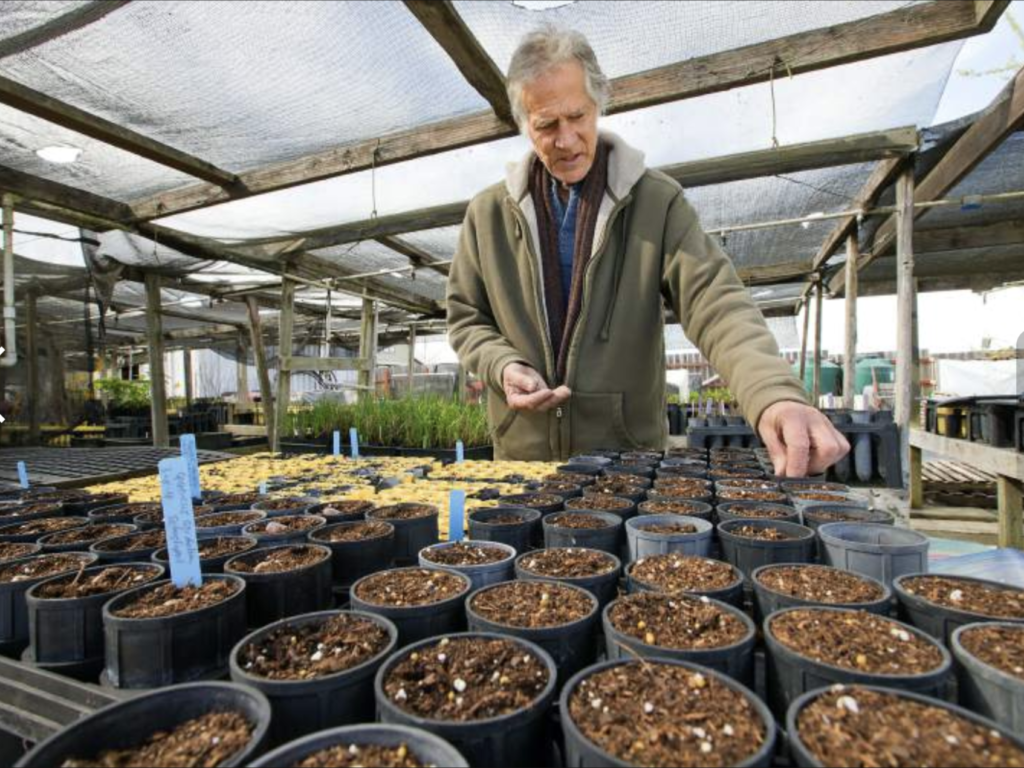Acorns Are Delicious & Nutritious!
Gather, Process, Eat... YUM!
Current
Sonoma County Groups Embrace Return of the Mighty Acorn
By STEPHEN NETT FOR THE PRESS DEMOCRAT February 9, 2019

Oak trees are among the most visible icons of the ancient Northern California landscape. With dark limbs curling above a carpet of grass, they lend an almost parklike visage to the foothills. The ten native species here also have seasonally dropped vast quantities of edible harvests of acorns, which support a bounty of wildlife and once fed indigenous people, who used fire and other tested practices to protect and nurture productive “orchards” in the woodlands.
The acorn was the original California cuisine, a reliable, nutritious staple on every menu that literally grew on trees. But after thousands of years, the venerable acorn was ignominiously edged out, to be replaced by imports of wheat flour, French fries, instant rice and corn flakes.

Despite its culinary disappearance, appreciation for the humble oak tree nut was never completely extinguished, and now it’s making a modest comeback, thanks to renewed interest in local, sustainable, functional and even foraged foods.
A mid-February workshop at the Laguna de Santa Rosa Foundation entitled “Seed to Table: How to Process and Eat Acorns of the Laguna Watershed,” was nearly sold out several weeks in advance.
The wild acorn is also the focus of local tribal groups seeking ways to strengthen cultural ties, reclaim their rich California heritage, and restore links to healthy diets from ancestral lands. A local, indigenously produced new product, Acorn Bites, is set to hit the local market in February.

While a particularly large oak can yield as much as 500 to 1,000 pounds of acorns per season, eating acorns actually isn’t as simple as it sounds. Right off the tree, they are mouth-puckeringly bitter, and indigestible to humans, thanks to a healthy content of compounds called tannins. In the wild, those tannins help preserve acorns from rot and insects – they can be stored for years.
Preparing them to eat involved multiple careful steps, first of gathering, sorting, drying, and shelling. In the past, the nutmeats were ground by hand, using stone, into a course meal. The Pomo and Miwok grinding rocks were usually located near running water, and the group work was accompanied by songs. The resulting coarse meal was then subjected to long rinsing, which leached and then washed the tannins out.

Before Europeans arrived, this elaborate, labor intensive process was a community affair, guided by traditional cultural practices, and longstanding knowledge of the natural environment. Local bands had their own protocols for how and when the acorns were harvested, stored and processed. Some, for example, favored acorns that had been stored for years, or intentionally left the first fall of acorns for wildlife to harvest, to ensure their survival as well.
The acorn meal could be mixed with berries or salmon, boiled in baskets for porridge, pressed into cakes, dried or baked as flatbread. Scientists believe acorns made up more than half of the calories in the native Californians’ diet.
“When tribal communities here were dispossessed by incoming settlers, and targeted for extermination, traditions had to be hidden,” Nicole Lim, Executive Director of the nonprofit California Indian Museum and Cultural Center (CIMCC) in Santa Rosa, explains. “In dealing with native peoples, there was a concept: ‘kill the food, kill the culture’.”
Following the Mission period, and the flood of immigrants after the Gold Rush, acorn harvesting and preparation was practiced out of sight, Lim says. And as access to the oak groves was lost, so nearly was the traditional knowledge.
The California Indian Museum and Cultural Center was founded in 1996 with the purpose of educating the public about the history, culture, and contemporary life of California Indians and to honor their contributions to civilization.
Another aim is to find ways to preserve and transmit tribal cultural knowledge, and strengthen the cultural identity of Pomo and Miwok tribal youth living in Lake, Sonoma and Mendocino Counties.
Now, a group of young men and women, the Tribal Youth Ambassadors, are launching a first-of-its-kind food product, Acorn Bites, to help fund educational and cultural advancement of tribal youth here.
Made with acorn meal and other organic California ingredients, the bite-sized protein snacks will be available at the Sebastopol Farmer’s Market February 10th, and at other local markets later this year, as well as on the Acorn Bites website.
Native American chef Crystal Wahpepah, a member of the Kickapoo tribe, has worked for years in Oakland developing indigenous food menus for her own catering and café businesses. She was approached by the Santa Rosa youth group, most of them in high school, to help develop Acorn Bites in 2016.
“They came up with this incredible idea of combining traditional foods in a contemporary, healthy product. We spent several years researching ingredients, testing recipes, while trying to preserve the integrity of precolonial foods,” she says.
It was a challenge to find the right mix of ingredients that would work with the flavor of acorn.
“When we did taste tests with the community” Lim recalls, “many were surprised by the nutty, sweet flavor. Acorns usually have a mild bitter taste. They don’t combine well with just anything.”
“The youth tested the bites first with the elders, and they tasted awesome,” Wahpepah says,” especially the dried cherry and pine nut flavors.”
One of the biggest challenges tribal people face today is gaining access to the oak trees to be able to harvest acorns. Nearly all ancestral oak lands today are on private property, or off-limits to foraging. Part of the CIMCC efforts involves finding property owners to work with tribal groups.

“We are trying to form cooperative partnerships with land owners, to support native people’s efforts to use acorns as a cultural, healthy food, and support education, stewardship of the land, and the handing down of indigenous traditions,” Lim says.
The Tribal Youth Ambassador program, launched in 2010, is a resource for tribal youth who face issues in schools, Lim says, where they often find themselves challenged about who they are culturally, and by a sometimes culturally biased reading of early California history. The Ambassador program, which was awarded a national Arts and Humanities Award in 2016, presented by Michelle Obama, provides opportunities to engage in a positive way with ancestral traditions and history, and encourage culture bearers for the next generation.
California has the largest population of indigenous peoples in the United States.
Other local programs, like the Laguna Foundation Seed to Table workshop, offer the public a glimpse of acorn culture and food preparation. Presenter Zoe Minervini-Zick, who’s studied ethnobotany for nine years, grew up with coast live oaks in Oakland (Ohlone land) and Sebastopol (Southern Pomo land). With Dylan Gearheart, an aspiring native plant horticulturalist and tracker, they hope hands-on programs like theirs will help to build a deeper appreciation for the local staple, respect for indigenous people, and better stewardship of the environment.
Like the acorn itself, Lim hopes to see the efforts of the CIMMC and others grow over time into a secure and sustainable resource.

Stephen Nett is a Bodega Bay-based Certified California Naturalist, writer and speaker. Contact him at snett@californiasparks.com.
Link to original article: https://www.pressdemocrat.com/lifestyle/9247142-181/sonoma-county-groups-embrace-return
